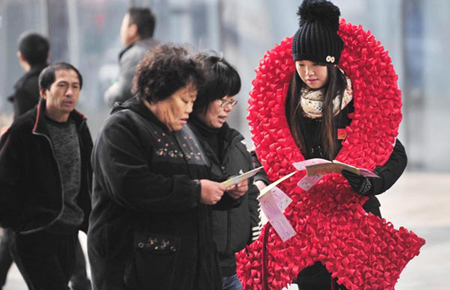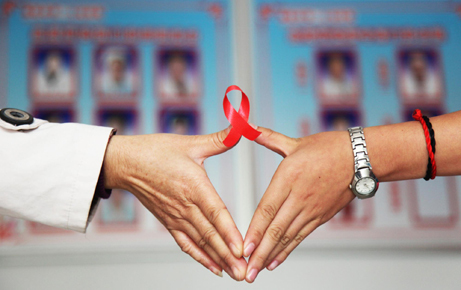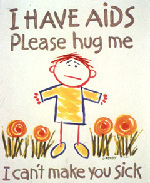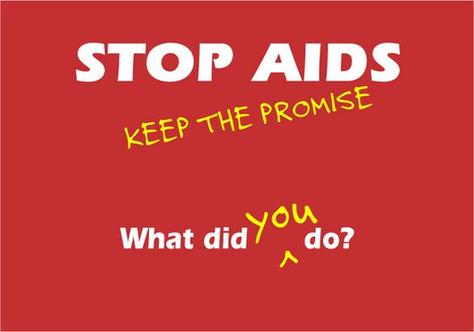 |
| Editor's Note |
|
The first known case of acquired immune deficiency syndrome (AIDS) was reported in 1981 in the United States, marking the start of the most severe epidemic in modern times. Over the past 30 years there have been breakthroughs and progress. But AIDS is still an unsolved issue that needs our awareness, tolerance and compassion. World AIDS Day on December 1 every year is an opportunity to bring together people from around the world to raise awareness about HIV/AIDS and demonstrate international solidarity in the face of the pandemic. The theme of World AIDS Day 2011 is "Getting to Zero" by striving for zero new infections, zero discrimination and zero AIDS-related deaths. Here we countdown to this milestone with our special coverage to help raise awareness about AIDS in China as the world marks 30 years of HIV/AIDS. |
| HIV in China |
|
"The epidemic is still on the rise in China . . . but at a slower rate than previous years." |
|
Timeline: China's efforts to curb HIV/AIDS |
||
|
China will further expand testing and intervention efforts, including education and drug coverage, said the country's 12th Five-Year Plan (2011-15) for HIV/AIDS prevention and control. 2003: Premier Wen Jiabao visits AIDS patients in a Beijing hospital and becomes the first premier of China to publicly shake hands with AIDS patients in a bid to eliminate social discrimination. China initiates its Four Free and One Care policy: free antiretroviral drugs, free prevention of mother-to-child transmission, free voluntary counseling and testing, free schooling for children orphaned by AIDS, and care to people living with HIV/AIDS. 1998: The National Center for HIV/AIDS Prevention and Control is established. HIV is found for the first time in all 31 Chinese provinces, autonomous regions and municipalities. 1997: Reporting of HIV/AIDS cases is initiated and an epidemic database established. 1995: An HIV sentinel surveillance system is established nationally. All blood and plasma collection stations are shut down. 1985: The first HIV case is detected and the first AIDS death is recorded. |
|
Statistics |
||
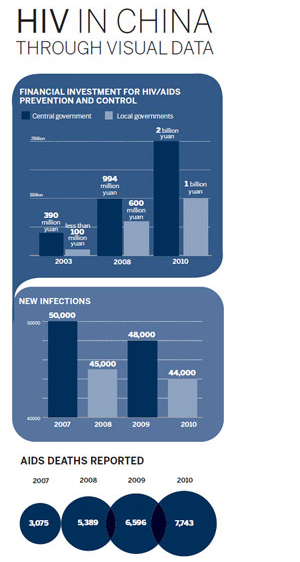 |
|
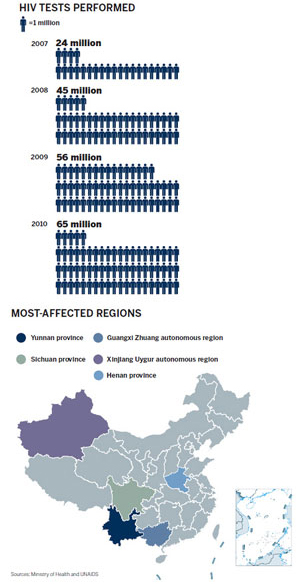 |
|
Close-ups |
|
| AIDS-hit village receives support Lixin, in East China's Anhui province, is not only a State-designated poor county, but also an area that has been battling HIV/AIDS. Since the first case was reported in Lixin in 1995, there have been 1,249 people living with HIV/AIDS, as of November 2011, an increase of 28 from 2010. The death toll is 244, with 14 deaths this year. Photos from Lixin's Zhangbanqiao village and Liuran village show how life goes on under the government's support. [More] Related reading: Growing up with AIDS |
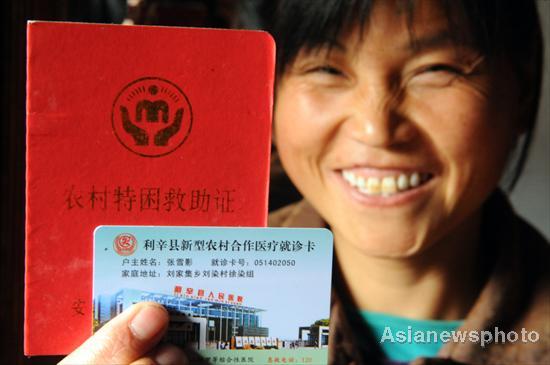 |
|
The NGO leader: Support our work |
The patient: spreading the hope |
The advocate: 'People' deserving rights Zhang Beichuan is passionate about his work to contain the spread of HIV/AIDS, even though many people think he's mentally disturbed because he meets with gay men and prostitutes every day. |
| HIV/AIDS Discrimination | ||
| People in cities are familiar with the disease, and the government has made great efforts to prevent its spread. And many people know the disease cannot be contracted easily - and that the chance of contracting it is almost zero if we take necessary preventive measures. | ||
|
While discrimination against HIV carriers and AIDS patients still widely exists in China, the problem is even more prominent when it comes to medical treatment. [More]. |
Positive news for abandoned 'AIDS' baby Little two-year-old Xiaomei beams with happiness as she plays with a teacher at a children's institute. But life for Xiaomei, which means little beauty, has not always been so lovely. At just 15 days old she was abandoned by her parents who falsely belived their baby girl was HIV positive.  |
|
| It's right to work Tianxiagong has organized a petition calling for equal rights for HIV-positive job seekers after helping a patient take a discrimination case to court in 2010. A Tianxiagong spokesperson commented this was one of the country's biggest campaigns calling for equal working rights for HIV patients. [More] |
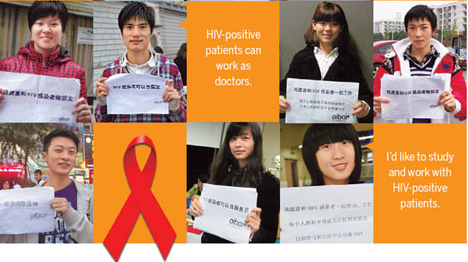 |
|
|
Untraditional ways to fight against HIV/AIDS |
||
| Buddhism plays role in AIDS fight "Chen Fen", a 43-year-old woman who has been fighting HIV for 16 years, projects an image of energy and vitality, despite being weakened by her affliction. The source of her strength isn't a new pill or medication, but an ancient religious belief. |
Songs to fight against AIDS |
|
| The outlook | |
| Good news from China | Good news around the globe |
| Scientists get step closer to HIV vaccine Chinese scientists have succeeded in the first phase of a clinical trial of an HIV vaccine and will launch the second stage in a few months. |
Pills prevent HIV in straight men and women Two new studies found that daily pills prevented infection with the AIDS virus in heterosexual men and women in Africa, bringing new hope for someday offering a medical shield against HIV infection. |
| TCM enriches AIDS treatments Chinese medicine practitioners are trying to use the country's 2,000-year-old traditional medicine to treat AIDS in the hope of finding a way to help conquer the incurable epidemic that just entered its fourth decade. |
Stem-cell transplant cured HIV patient Australian experts said they have been "blown away" by the case of a man cured of HIV, yet they caution his treatment was too risky to be offered broadly to the world's HIV-infected population. |
| HIV Facts | World AIDS Day | |
| The human immunodeficiency virus (HIV) is a retrovirus that infects cells of the immune system, destroying or impairing their function. As the infection progresses, the immune system becomes weaker, and the person becomes more susceptible to infections. The most advanced stage of HIV infection is acquired immunodeficiency syndrome (AIDS). It can take 10-15 years for an HIV-infected person to develop AIDS; antiretroviral drugs can slow down the process even further. HIV is transmitted through unprotected sexual intercourse, transfusion of contaminated blood, sharing of contaminated needles, and between a mother and her infant during pregnancy, childbirth and breastfeeding. |
World AIDS Day, observed December 1 each year, is dedicated to raising awareness of the AIDS pandemic caused by the spread of HIV infection. Between 2011-2015, World AIDS Days will have the theme of"Getting to zero: zero new HIV infections. Zero discrimination. Zero AIDS related deaths". The World AIDS Campaign focus on "Zero AIDS related deaths" signifies a push towards greater access to treatment for all; a call for governments to act now.
|
|
|
|
|||
|
Please feel free to write what you did and what you will do to stop AIDS in the following comment section. |
|||

